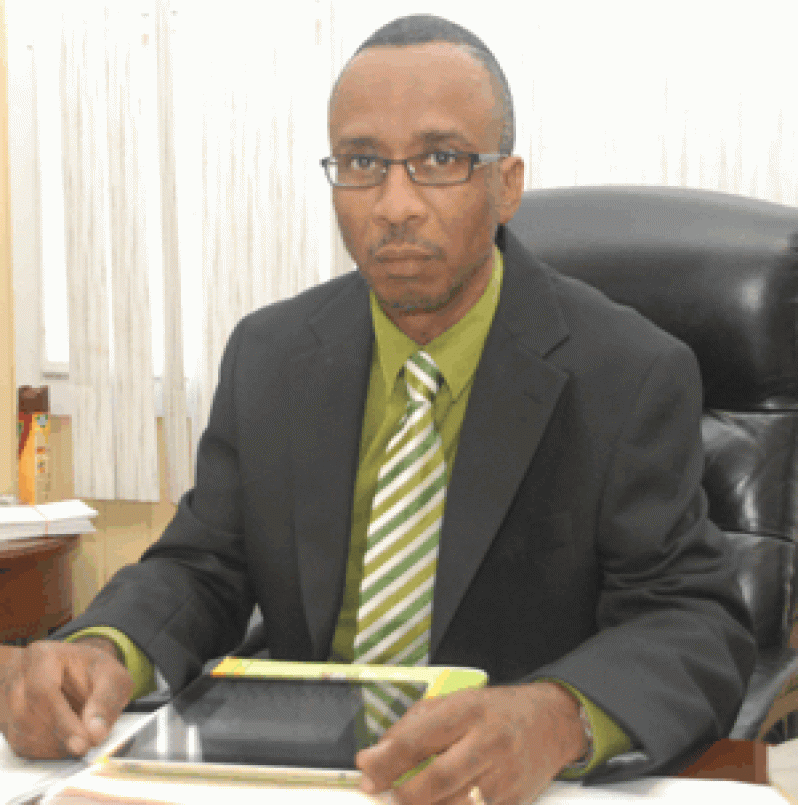FOR THE regular readers of my column, my admiration for Barack Obama would come as no surprise. I’ve written on him before he became President, and four years later, as he is about to celebrate his second inauguration, I can’t help but admire
his resolve in the face of tremendous adversity. It is hard to argue against anything that Time magazine had to say about his journey and his struggles in the article accompanying its selection of him for Time’s Person of the Year for 2012.
It is hard to argue against anything that Time magazine had to say about his journey and his struggles in the article accompanying its selection of him for Time’s Person of the Year for 2012.
There are also a number of leaders in Guyana for whom I have tremendous respect (including the man who id largely responsible for Guyana’s rapid development over the past 10 years).
That said, my own choice for Person of the Year is not the most powerful man in the free world. My choice is Malala Yousafzai, the Pakistani girl who was shot by the Pakistan Taliban for speaking out against the religious group’s war against the education of girls in her home territory in Swat Valley, a young woman who has for the past four years, the length of time Obama has been in office, taken on the Taliban not with armed soldiers and unmanned drones, but simply with the power of her will and the internet, using her blog to expose the destruction of schools that defied an edict prohibiting the education of girls.
| “…my own choice for Person of the Year is not the most powerful man in the free world. My choice is Malala Yousafzai,the Pakistani girl who was shot by the Pakistan Taliban for speaking out against the religious group’s war against the education of girls in her home territory…” |
Malala’s courage comes in the face not of – as with Obama – some deep ideological divide for which fairly reasoned arguments have been made for and against the various postures, but against a machinery whose sole purpose is the fanatical, and utterly evil, subjugation of women. When she was just 11, she had a very real sense of the terror that faced her activism:
“I had a terrible dream yesterday with military helicopters and the Taliban. I have had such dreams since the launch of the military operation in Swat. My mother made me breakfast and I went off to school. I was afraid[of] going to school because the Taliban had issued an edict banning all girls from attending schools. Only 11 students attended the class out of 27. The number decreased because of[the] Taliban’s edict. My three friends have shifted to Peshawar, Lahore and Rawalpindi with their families after this edict. On my way from school to home I heard a man saying ‘I will kill you’. I hastened my pace and after a while I looked back[to see] if the man was still coming behind me. But to my utter relief he was talking on his mobile and must have been threatening someone else over the phone.”
Yet, Malala continued to blog after this, for years, going on to gain international recognition for her unwillingness to let fear overcome her sense of what was right, her bravery resulting last year in her receiving an inaugural Peace Medal from Pakistan.
What makes Malala stand out for me is not simply her courage but the social context within which she dared to defy oppression. Think of any of the great fighters for justice and/or for women’s rights, think of the relative support systems they had protecting them, think of the relative danger facing them at the time, and then think about the age they were when they first became socially conscious in an active and public way.
Frederick Douglass, Mohandas Gandhi, Che Guevara, Nelson Mandela, Gloria Steinem, Martin Luther King Jr., Cheddi Jagan, Marcus Garvey – all were fairly established in their adulthood when they began to fight for whatever cause they believed in; Malala was just 11 when she first started her blog, and she’s just 15 now. Almost all of these people were part of a larger movement in which others were almost equally targeted or in which the danger was spread around; Malala is the only high-profile person that has been targeted by the Taliban for speaking out against the edict banning the education of women. As one CNN article’s title succinctly captured it, “Pakistan’s Malala: Global symbol, but still just a kid.”
As this article is being written, news about her recovery in England is flashing across the television. So far she hasn’t spoken directly to the media but the one picture of her that is circulating shows her unafraid, standing up next to two hotel staff members and waving to the camera, hardly a sign that she was almost dead a short while ago. For the people who wanted her killed, and for the rest of the world, that is a powerful symbol of the light of the world defying the darkness that seeks to snuff it out. (Reprinted due to an overwhelming request from readers)



.jpg)











